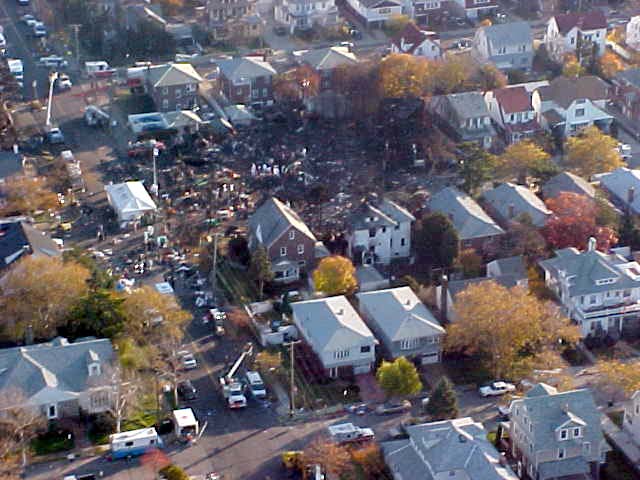Total annihilation? Global impact? Localised consequences?
To give my question a little more context: the International Space Station (ISS) is supposed to be retired sometime in 2020 due to having reached the end of its operational life. This means they will have it fall with style into the Pacific when the time comes.
This, of course, has made me wonder what would happen if they decided to extend the life of the outpost and things went wrong. Mainly, I'm curious if there would be a complete obliteration like in Seeking a Friend for the End of the World, if there would be less devastating but still severe worldwide consequences, or if it would just impact the area where it fell (be it land or sea).
Some info on the ISS that might be useful:
The orbital outpost, which flies about 220 miles (354 kilometers) above Earth, consists of 13 rooms and is typically home to a six-person crew. The space station weighs nearly 1 million pounds, which is roughly equivalent to 320 cars. [source]
Thank you in advance!
EDIT: Thanks to everyone who answered. I posted this question in the Worldbuidling Stack because I was thinking of using the premise for a story. I will remember there are other Stacks in the future to avoid being off-topic.



